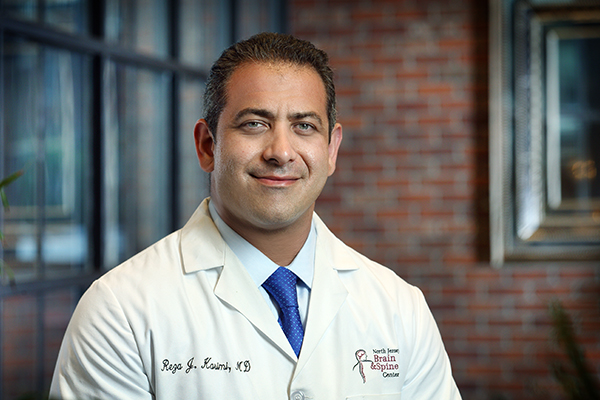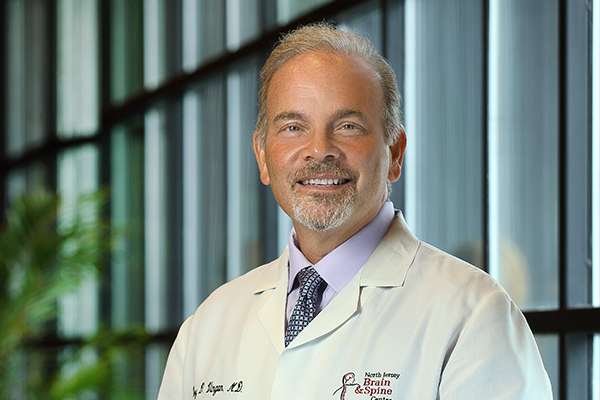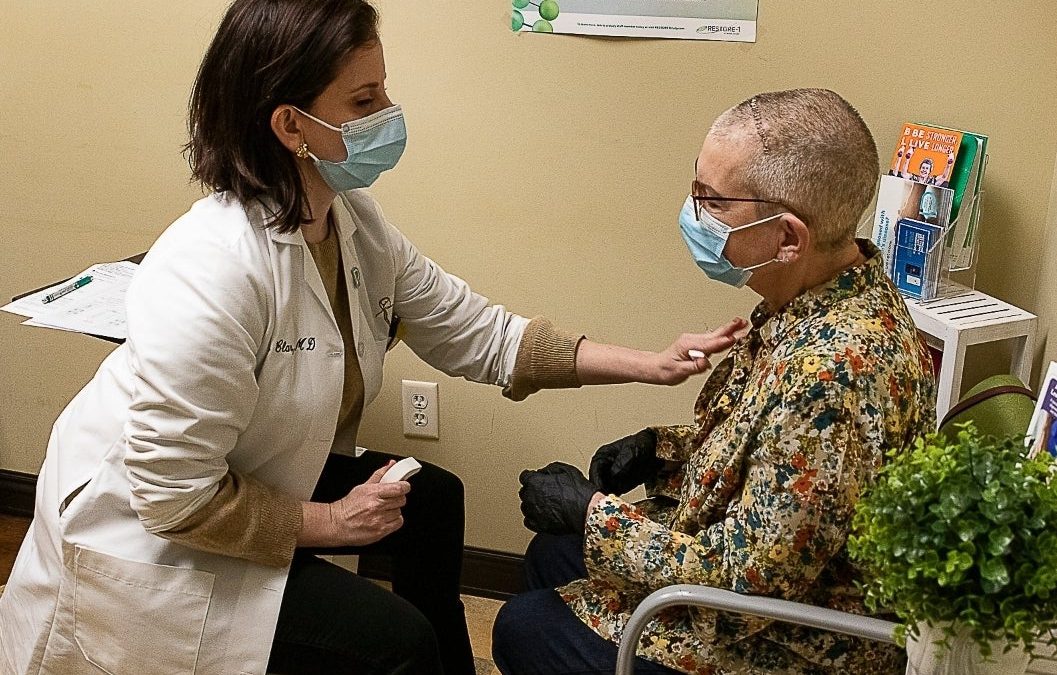Review some of the most commonly asked questions about Laminectomy:
What is a laminectomy?
A laminectomy is a surgical procedure and a common type of spinal surgery. The spine surgeon removes a small portion of bone (lamina) from the spine to enlarge the spinal canal. This surgery is often applied in the lower spine (lumbar laminectomy), but may also be needed in the middle of the back (thoracic laminectomy) or in the neck (cervical laminectomy).
The removal of the lamina releases the pressure on compressed nerves or the spinal cord that may be caused by a herniated disc, overgrown ligaments, degenerative spinal stenosis, spinal tumors or traumatic injury.
Why is a laminectomy performed?
A laminectomy is performed when there is significant pressure on the spinal nerves or the spinal cord that is causing symptoms or loss of neurological function such as weakness, difficulty walking or numbness. Sometimes a laminectomy is performed in addition to spinal stabilization and fusion.
How is a laminectomy performed?
The procedure is performed under general anesthesia in the operating room. After anesthesia is administered, patients are put into the face-down position on a special type of operating bed. The surgeon then makes an incision in the midline of the neck or back. Using a microscope, the surgeon will access the lamina of the spine. The lamina are then removed along with any overgrown ligaments or tissue that are causing pressure on the spinal cord or spinal nerves. The incision is then closed and dressed. The patient will then go back into a regular bed and is awoken from anesthesia.
How long is laminectomy surgery?
Laminectomy surgery usually takes roughly one to two hours, but may take longer if the surgical procedure is a part of a more complex procedure or involves multiple spinal levels.
What are the potential risks or complications of laminectomy?
The risks of laminectomy surgery are low in experienced hands. Potential complications of a laminectomy include:
- Infection
- Bleeding
- Blood clots
- Anesthesia problems
- Worsening back pain
- Spinal fluid leak
- Nerve or spinal cord damage
- Numbness or weakness
What can I expect after laminectomy surgery?
After laminectomy surgery you may go home either the same day or stay in the hospital for a few days, depending on the scale of your procedure. If your surgeon uses less-invasive methods to perform the laminectomy, you may be able to go home sooner and will likely experience less pain after surgery.
Prior to returning home, your doctor will give you medication to cope with any discomfort you may feel. Your doctor will also explain how and when you should start resuming normal activity after surgery. Oftentimes, patients work with a physical therapist, who will teach you how to safely move around as your body heals.
How long does it take to heal from laminectomy surgery?
Recovery time from laminectomy surgery varies depending on the individual. Typically you will require some pain medications and relative rest for 1-2 weeks after surgery. It is important to rest and move slowly the first week after the procedure. You should avoid any twisting or bending motions right after surgery. As each day passes post-surgery, you will be able to gradually take on more and more of your daily activities. Time to full recovery depends on how severe symptoms were before surgery, the complexity of the surgery and your overall medical condition, but is typically 6-8 weeks to resume full normal activity.








